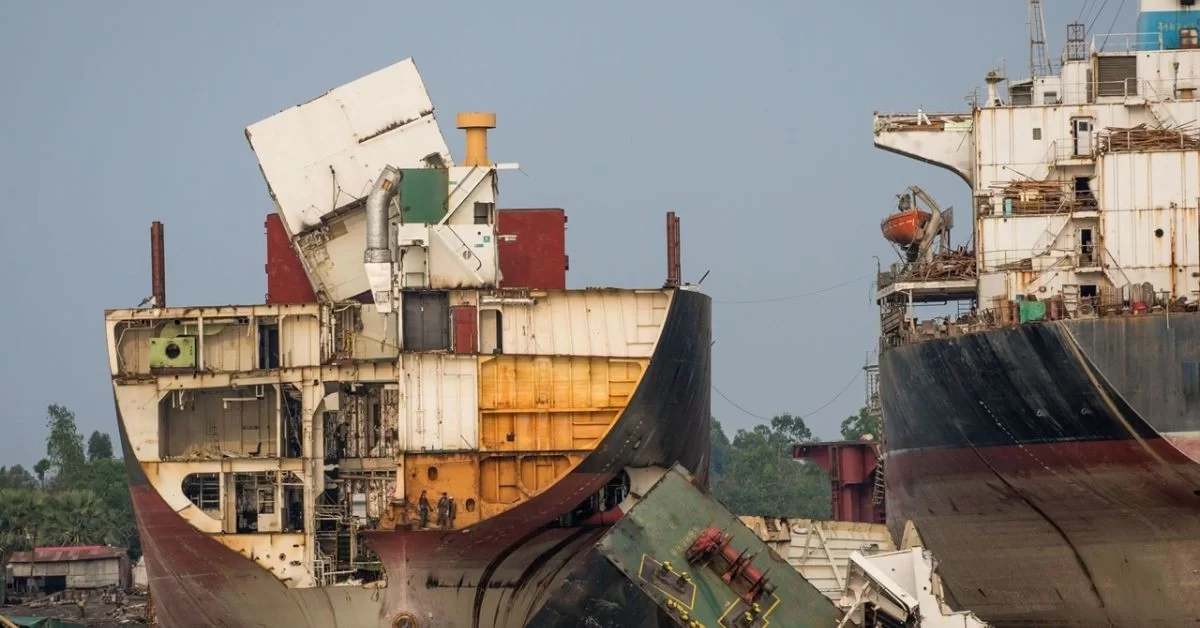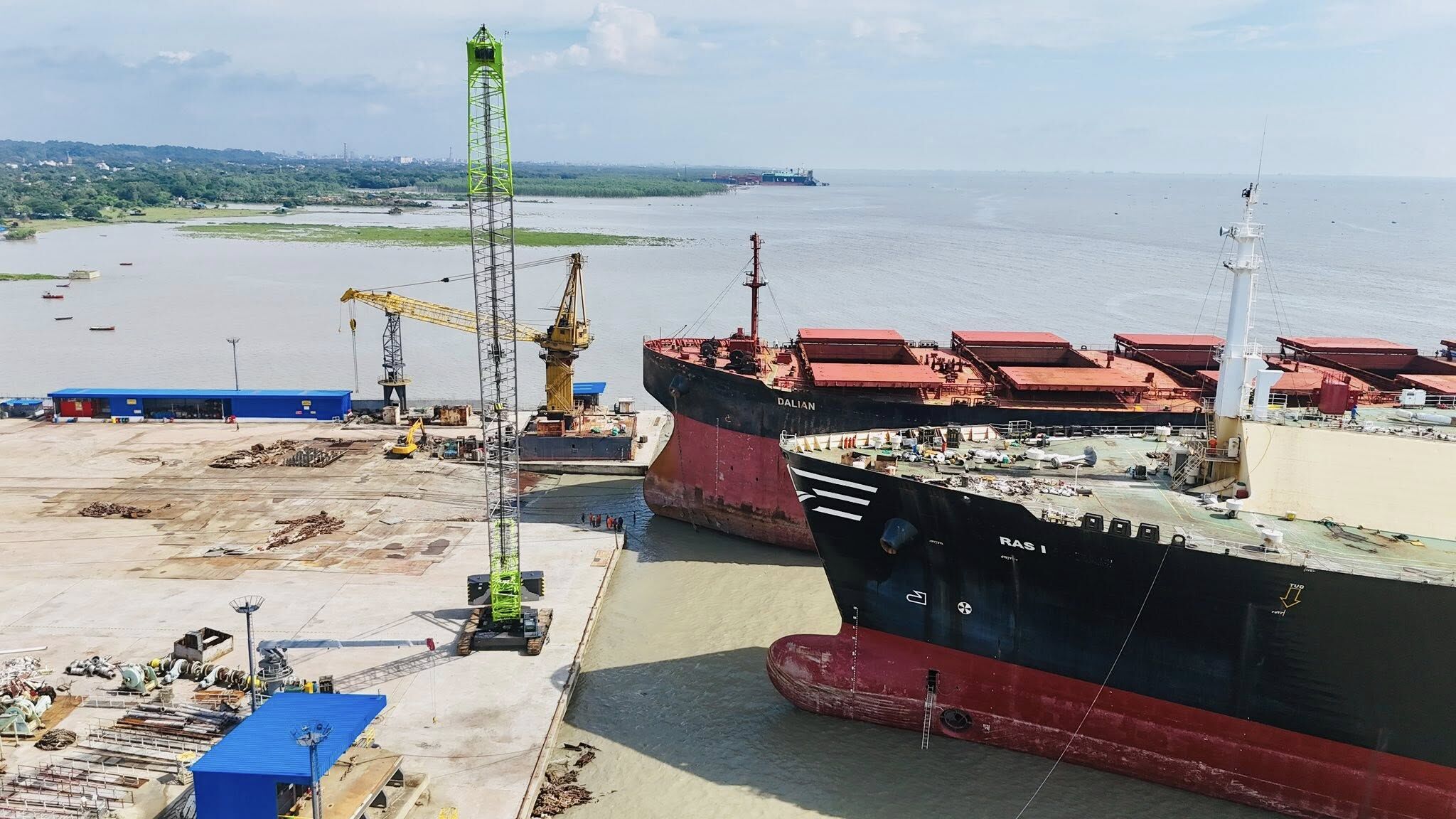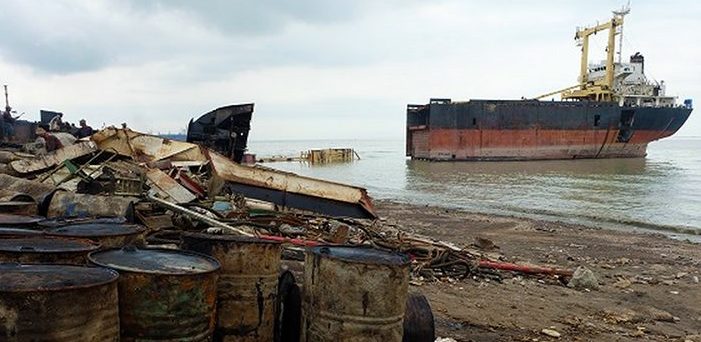Ship Recycling Projects Proposed in Many Countries – But Feasibility Remains Unclear
The global ship recycling industry, long concentrated in a handful of South Asian nations, is now witnessing a wave of new project proposals across several countries. From Europe to the Middle East and parts of Southeast Asia, governments and private investors are showing growing interest in setting up new Ship Recycling Facilities (SRFs). However, industry experts caution that while the announcements sound ambitious, the feasibility of these projects remains uncertain.

In recent months, multiple governments have made pledges to establish domestic ship recycling hubs. The motivation is clear: the shipping industry is facing a looming wave of vessels due for dismantling as decarbonization deadlines approach, older fleets are phased out, and global environmental regulations tighten. Setting up SRFs promises not only economic opportunities through steel recovery and employment but also compliance with international conventions such as the Hong Kong Convention (HKC) on safe and environmentally sound ship recycling.
Yet, despite the enthusiasm, the proposed projects are facing significant questions. Many of the plans announced are on a scale that would require enormous investment in infrastructure, workforce training, and compliance mechanisms. Building an SRF capable of handling large oceangoing vessels is not merely a matter of securing waterfront land. It requires specialized facilities, dry docks or beaching alternatives, advanced waste treatment systems, and strict adherence to environmental and safety standards.
One major challenge lies in the cost-benefit equation. Countries that do not yet have an established ship recycling industry may struggle to compete with existing centers such as Alang in India, Chattogram in Bangladesh, and Gadani in Pakistan. These hubs already operate at scale, have a skilled labor force, and benefit from lower operational costs. Setting up new SRFs in countries with higher labor costs or stricter regulatory frameworks could make it difficult to achieve commercial viability.
Another concern is supply. Ship recycling is a cyclical business, heavily dependent on freight market trends, steel prices, and global trade patterns. While forecasts indicate a surge in end-of-life ships in the next decade, it is unclear whether the market can support so many new entrants. “There is a risk of oversupply in capacity,” one industry analyst noted. “If too many countries try to establish large-scale SRFs simultaneously, not all of them will be sustainable in the long run.”
Environmental and social considerations further complicate the picture. Many of the proposed projects emphasize compliance with the HKC, which will enter into force in 2025. However, aligning with international standards requires investment in hazardous waste handling, worker safety protocols, and long-term monitoring systems—all of which come with high operational costs. Countries with limited experience in ship recycling may find it difficult to maintain compliance once facilities are built.
Despite the uncertainties, proponents argue that diversifying ship recycling beyond South Asia is necessary. European nations, for example, have stressed the need for domestic capacity to ensure that EU-flagged vessels are dismantled under the strict standards of the EU Ship Recycling Regulation (EU SRR). Similarly, Middle Eastern countries see potential in leveraging their geographic location and existing maritime infrastructure to capture part of the recycling market.
Some smaller-scale projects may prove more feasible than the mega hubs being proposed. Modular facilities designed to handle medium-sized vessels, combined with partnerships with established recyclers, could provide a more sustainable entry into the industry. Joint ventures between local governments and experienced private operators may also help overcome knowledge gaps and operational challenges.
For now, the global landscape is marked by ambitious announcements but little clarity on execution. Industry observers suggest that only a handful of the proposed projects will move forward, and even fewer will operate at the envisioned scale. The rest may remain on paper, serving more as policy statements than practical business ventures.
As the ship recycling sector edges toward a critical transition driven by environmental rules and market forces, the question remains whether new players can realistically establish themselves in a field dominated by a few seasoned giants. The coming years will reveal whether these bold proposals translate into functioning SRFs—or fade away as impractical ambitions.
Author: shipping inbox
shipping and maritime related web portal









